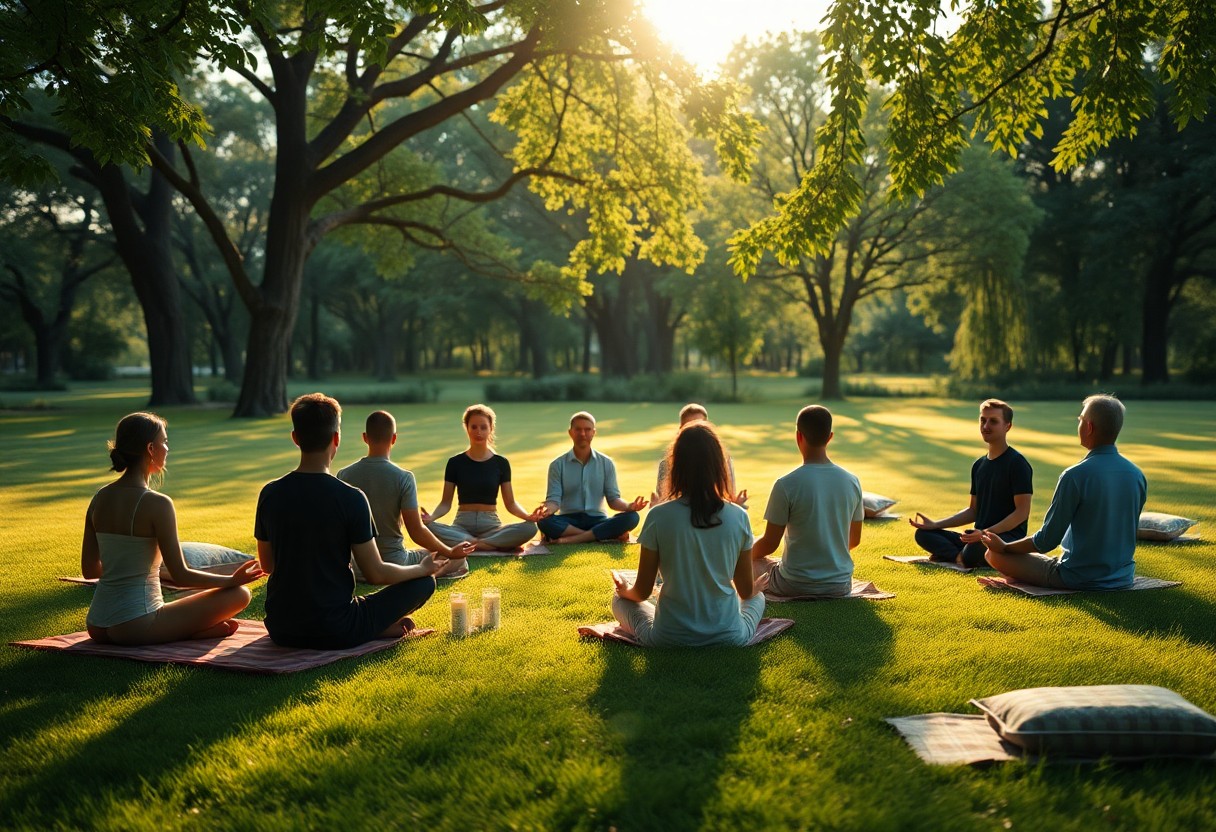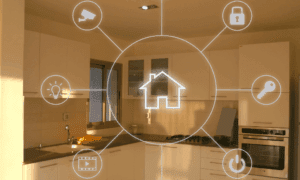Modern life rarely pauses long enough for reflection. From busy commutes to back-to-back screens, it can feel like the day races forward with little time to breathe. This fast-paced routine often disconnects us from our physical surroundings and inner state. Walking, an everyday activity, can become a mindful reset—if we approach it with the right tools. Integrating walking with meditation isn’t a new concept, but making it accessible through technology opens new doors. Walking Meditation App for Mindfulness, like Blisstrax, redefines how people engage with mindfulness by turning simple steps into meaningful practice. We will explore how a walking meditation app supports greater awareness, physical presence, and mental balance while seamlessly fitting into a normal day.
How Walking Meditation Apps Deepen Mindful Awareness
- Turning Movement into Meditation
Traditional seated meditation may not appeal to everyone, particularly those who find stillness challenging or unengaging. Walking meditation creates an entry point by aligning physical motion with mental focus. With guidance from an app, users can begin by bringing attention to each step, the sensation of the ground beneath their feet, and the rhythm of their movement. These simple cues are powerful—anchoring the mind to the present and gently pulling it away from racing thoughts.
A walking meditation app often provides audio prompts that remind users to stay grounded in the moment, without judgment. This dynamic approach to mindfulness makes it easier to maintain attention, especially in environments full of visual and auditory stimulation. As movement becomes a trigger for awareness rather than distraction, users associate walking with presence. The body becomes an ally in mindfulness, not a barrier. Over time, this transforms routine errands or strolls into intentional, restorative experiences.
2. Promoting Consistency Without Disruption
Many struggle to fit mindfulness into their schedules, assuming it requires time aside from daily responsibilities. One of the advantages of a walking meditation app is its flexibility. Whether during a morning walk, a break from work, or a wind-down at sunset, the practice blends into the day rather than interrupting it. This accessibility helps mindfulness become a consistent habit rather than an occasional effort. Apps like Blisstrax offer various session lengths, allowing users to match their practice with available time—even a five-minute walk can recalibrate the mind. Some sessions might focus on gratitude, others on breath, and some on letting go of stress. This variety engages users while deepening their internal toolkit for different emotional states.
Rather than forcing users to pause their lives for mindfulness, these apps meet them in motion. That adaptability supports long-term consistency, which is vital for internal growth. Instead of becoming one more obligation, mindfulness becomes a natural rhythm of the day.
3. Creating a Sensory Connection to the Present
One of the often-overlooked benefits of walking meditation is its sensory depth. With the guidance of an app, users learn to become attuned to environmental sounds, shifting light, air temperature, and textures underfoot. This enhanced sensory awareness becomes a training ground for mindfulness that extends beyond the walk. A prompt like “notice the breeze on your face” might seem simple, but it trains the mind to recognize subtle experiences without labeling or reacting. Over time, this practice reduces the mind’s tendency to drift into distraction or judgment.
The app acts as a gentle companion, redirecting attention to the body and environment when it wanders. This kind of mindfulness is not abstract—it’s physical, rooted in everyday experiences, and accessible anywhere. As users build this awareness during walks, they often report carrying the same attention into eating, working, and conversations. Walking meditation teaches people to be more present during the walk and throughout their lives.
4. Supporting Emotional Regulation Through Movement
Walking naturally regulates many physical systems—heart rate, respiration, and circulation. When paired with meditative focus, it also influences emotional states. A walking meditation app encourages rhythmic breathing, body awareness, and mental stillness, reducing stress hormones and creating a sense of calm. This form of active mindfulness can be particularly helpful for those dealing with anxiety or restlessness, offering a constructive outlet for nervous energy.
Instead of sitting with discomfort, users are invited to move with it, observe it, and allow it to shift. Audio sessions often include affirmations or perspective shifts that help reframe emotional reactions. For example, a session might invite the user to observe thoughts without attachment or to walk with a sense of release. These simple, movement-based techniques improve resilience over time. The act of walking becomes a metaphor for moving through challenges. By syncing physical motion with mental intention, the app helps users access emotional steadiness in a practical and approachable way.
Mindfulness doesn’t require a retreat or rigid routine—it thrives in the flow of daily life when we learn to bring awareness into ordinary actions. Walking, one of our most natural movements, offers an ideal gateway. With the support of a walking meditation app, mindfulness becomes easier to access, more consistent, and more relevant to everyday situations. From enhancing sensory connection to supporting emotional balance and reflection, this simple practice provides powerful returns. Walking meditation transforms how we move through space and time, not by changing our schedules but by showing up within them. As people rediscover the depth in each step, guided by accessible technology, they unlock a form of grounded and empowering mindfulness. With tools like Blisstrax, the path to presence begins beneath our feet.































